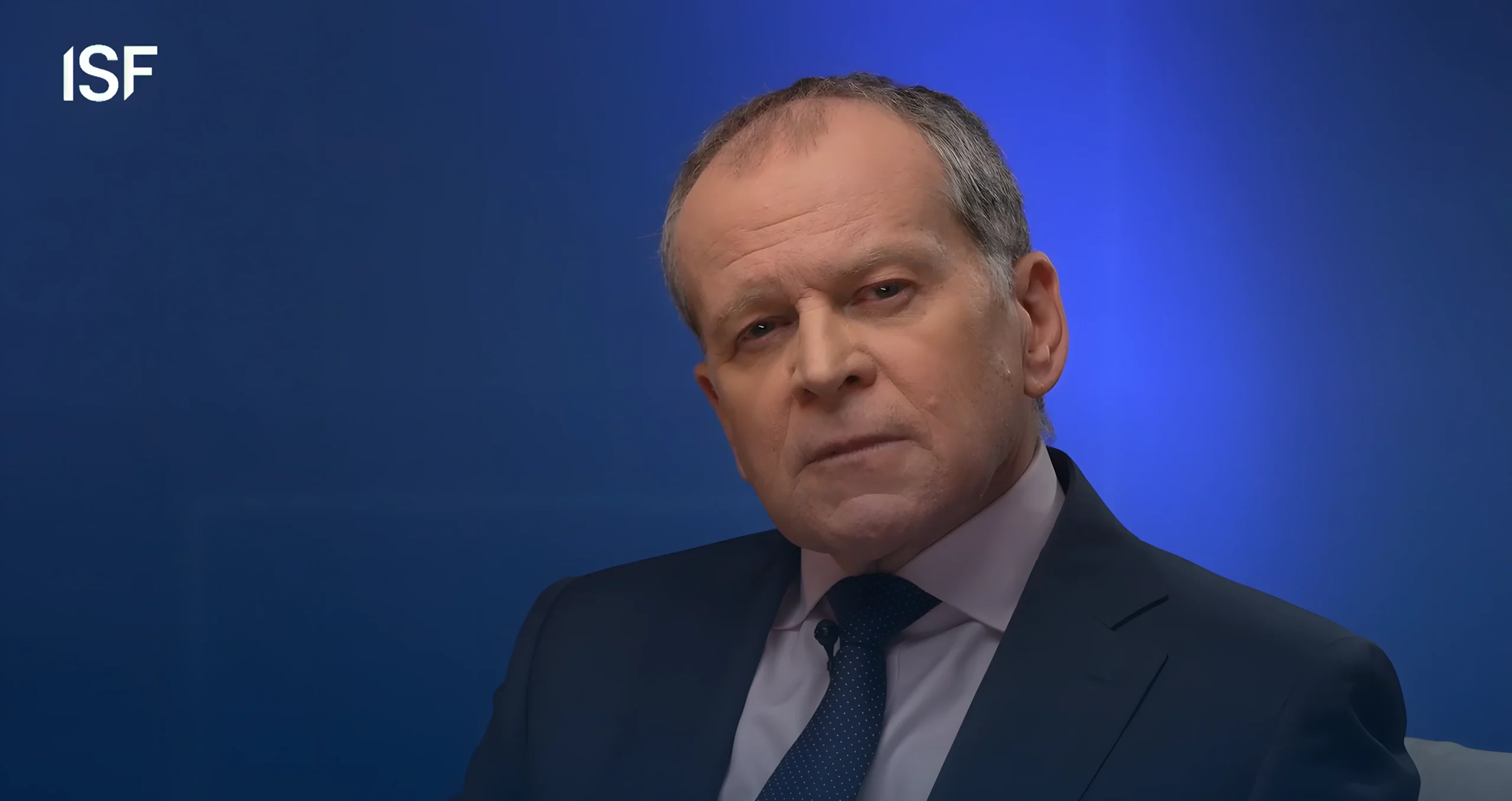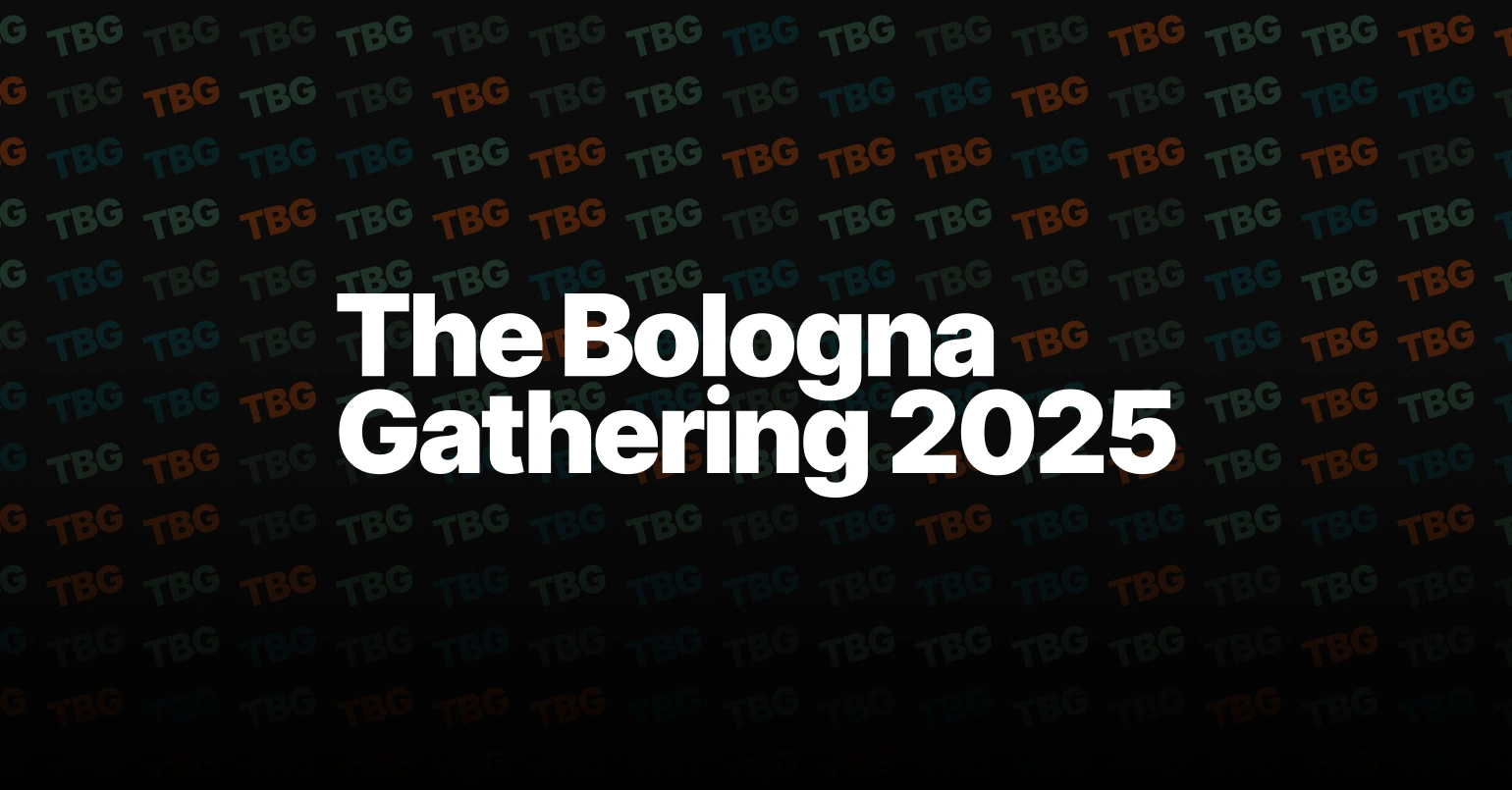Balance your risk strategy

John E. Kaye
- Published
- Home, Technology

Owen McDaniels of TradeFW outlines why risk management tools and techniques are so important in the absorbing world of online trading
Investing is an essential part of our lives, as savings alone are not sufficient to beat inflation. As investors, we typically select the appropriate investment option based on our risk tolerance and time horizon. In recent years, finance has broken new ground. Advances in technology have revolutionised the way investing is done, simplified the process of managing and controlling your portfolio, and democratised access to the financial markets in a way that we have never seen before.
Online trading is rapidly becoming one of the most popular forms of independent investing and offers global retail investors direct access to hundreds of financial instruments, including stocks, commodities, forex, crypto and more, all from the comfort of their own home, regardless of the size of their investment.
However, not only has the ease of access considerably improved, but also the quality of tools, indicators, and analysis methods to help us reach our investment potential. These include various types of risk management tools and techniques.
A question of risk
So, what makes risk management so important in trading? No matter how good a trader you are (or are about to become), there is no such thing as a 100% success rate. Any experienced trader knows that losing is sometimes just part of the game.
That said, prudent risk management is a key component for a successful trading strategy. By implementing risk management techniques, traders will be able to create opportunities from upside movement while minimising downside risk, by this opening him or herself up to non-stop opportunities that can be found on the trading platform.
Today, I’d like to take you through a few of the most common risk management tools and methods that can be used to avoid excessive risks in financial market.
Stop-loss and take-profit points
Stop-loss (S/L) and take-profit (T/P) points represent two key ways in which traders can plan ahead of their next trade. Keeping your losses small and manageable is key to being successful in your trading. A stop-loss point is the price at which a trader agrees to sell their asset and except a loss on the trade in the event a position does not pan out favourably. Stop-loss points are designed to take emotions like fear and greed out of the equation and limit losses before they escalate.
On the other hand, a take-profit point is the price at which a trader chooses to sell an asset when profit reaches a certain predefined level. For example, if a stock is approaching a key resistance level following a substantial upward move, the trader may want to sell before a period of consolidation takes place by locking in this profit..
Negative Balance Protection
Leveraged trading creates the possibility for negative balance to occur due to “owing” more than the amount of funds that are available in the trader’s balance. Negative Balance Protection is a precautionary measure that brokerage firms take in order to safeguard their clients by ensuring that their clients never lose more than they deposited. The large majority of reputable trading brokers, such as TradeFW, which is regulated by CySEC, offer Negative Balance Protection as a standard feature at no additional cost.
Diversification
As investors, we’re all familiar with the saying “never put all your eggs in one basket”. The same goes for trading. If you put your entire balance in one instrument, you could be setting yourself up for disappointment. Diversifying your investment across industry sectors as well as geographic region will not only help you manage your risk, but will also open you up to more potential opportunities.
Hedging
A hedge is an investment position that is opened in order to offset potential losses of another investment. Hedging is accomplished by taking an additional market position that is likely to rise in price if your existing market position declines. This is typically done by using two assets historically known for having an “inverse correlation”. An example of such an inverse correlation is the relationship between the stock market and commodities such as gold.
The one-percent rule
Many traders, especially beginners, follow what’s known as the one-percent rule. This golden rule stipulates that no more than one percent of your account should be allocated to a single trade. For example, if you have $10,000 in your trading account, any given position should not exceed $100.
Further information
Sign up to The European Newsletter
RECENT ARTICLES
-
 Make boards legally liable for cyber attacks, security chief warns
Make boards legally liable for cyber attacks, security chief warns -
 AI innovation linked to a shrinking share of income for European workers
AI innovation linked to a shrinking share of income for European workers -
 Europe emphasises AI governance as North America moves faster towards autonomy, Digitate research shows
Europe emphasises AI governance as North America moves faster towards autonomy, Digitate research shows -
 Surgeons just changed medicine forever using hotel internet connection
Surgeons just changed medicine forever using hotel internet connection -
 Curium’s expansion into transformative therapy offers fresh hope against cancer
Curium’s expansion into transformative therapy offers fresh hope against cancer -
 What to consider before going all in on AI-driven email security
What to consider before going all in on AI-driven email security -
 GrayMatter Robotics opens 100,000-sq-ft AI robotics innovation centre in California
GrayMatter Robotics opens 100,000-sq-ft AI robotics innovation centre in California -
 The silent deal-killer: why cyber due diligence is non-negotiable in M&As
The silent deal-killer: why cyber due diligence is non-negotiable in M&As -
 South African students develop tech concept to tackle hunger using AI and blockchain
South African students develop tech concept to tackle hunger using AI and blockchain -
 Automation breakthrough reduces ambulance delays and saves NHS £800,000 a year
Automation breakthrough reduces ambulance delays and saves NHS £800,000 a year -
 ISF warns of a ‘corporate model’ of cybercrime as criminals outpace business defences
ISF warns of a ‘corporate model’ of cybercrime as criminals outpace business defences -
 New AI breakthrough promises to end ‘drift’ that costs the world trillions
New AI breakthrough promises to end ‘drift’ that costs the world trillions -
 Watch: driverless electric lorry makes history with world’s first border crossing
Watch: driverless electric lorry makes history with world’s first border crossing -
 UK and U.S unveil landmark tech pact with £250bn investment surge
UK and U.S unveil landmark tech pact with £250bn investment surge -
 International Cyber Expo to return to London with global focus on digital security
International Cyber Expo to return to London with global focus on digital security -
 Cybersecurity talent crunch drives double-digit pay rises as UK firms count cost of breaches
Cybersecurity talent crunch drives double-digit pay rises as UK firms count cost of breaches -
 Investors with €39bn AUM gather in Bologna to back Italy’s next tech leaders
Investors with €39bn AUM gather in Bologna to back Italy’s next tech leaders -
 Axians and Nokia expand partnership to strengthen communications infrastructure across EMEA
Axians and Nokia expand partnership to strengthen communications infrastructure across EMEA -
 Forterro buys Spain’s Inology to expand southern Europe footprint
Forterro buys Spain’s Inology to expand southern Europe footprint -
 Singapore student start-up wins $1m Hult Prize for education platform
Singapore student start-up wins $1m Hult Prize for education platform -
 UK businesses increase AI investment despite economic uncertainty, Barclays index finds
UK businesses increase AI investment despite economic uncertainty, Barclays index finds -
 Speed-driven email security: effective tactics for phishing mitigation
Speed-driven email security: effective tactics for phishing mitigation -
 Short circuit: humanoids go for gold at first 'Olympics for robots'
Short circuit: humanoids go for gold at first 'Olympics for robots' -
 New IBM–NASA AI aims to forecast solar flares before they knock out satellites or endanger astronauts
New IBM–NASA AI aims to forecast solar flares before they knock out satellites or endanger astronauts -
 AI is powering the most convincing scams you've ever seen
AI is powering the most convincing scams you've ever seen



























